7 Cars That Should Have Stayed Rear-Wheel Drive

Back in the day, rear-wheel drive cars ruled the American roads. And then along came the Honda Civic.
I mean no disrespect, really. The Civic is a great car; a total game-changer in the automotive landscape, in fact. And though I’m sure the comments will be filled with Civic fans ready to tear me up, I still need to make this point: had the Civic not come to U.S. shores, I suspect the front-wheel drive revolution in this country wouldn’t have been quite as, well, revolutionary. And I mean that in a bad way.
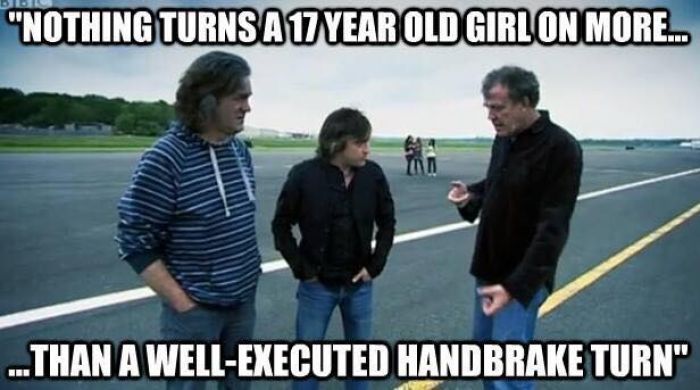
There are many great, performance-oriented front-wheel drive cars that are very satisfying to drive, the Civic being among them. However, while the handbrake does offer some level of sideways tomfoolery, it’s just not the same as hanging the tail out while your right foot finds the perfect balance of drift angle and tyre smoke. Honda guys, be honest; all things being equal, would you prefer a Civic or an S2000 in your garage? No debate needed.
Perhaps if Honda had sent us an S2000 back in the 1970s instead of the Civic, these rear-wheel drive icons wouldn’t have evolved into front-wheel drive shadows of their former selves.
1. Buick Regal
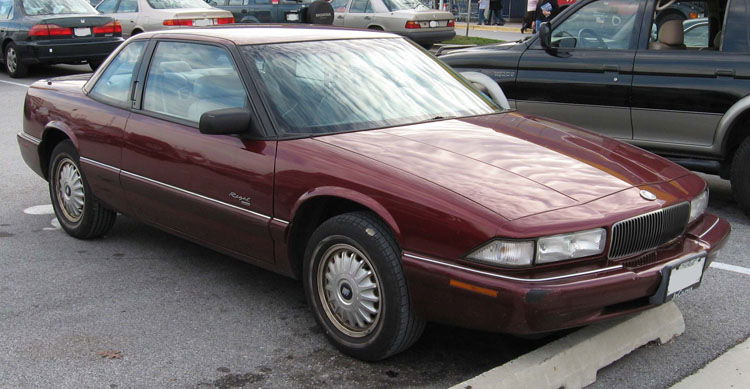
The Buick Regal first entered the scene in 1973 at the tail end of the first muscle car era. As a beefy, V8-powered rear-wheel drive coupe, it wasn’t particularly remarkable until GM dropped a turbocharged V6 into the second-generation Regal in 1978. That car would evolve into the Regal Grand National, and ultimately become the greatest muscle car of the 1980s: the Darth Vader-approved 1987 Buick GNX.
And then it was gone, replaced in 1988 with the ugly, boring, front-wheel drive Buick Regal GS. Yes, the Regal would make something of a resurgence with the supercharged GS from 1997-2004, and an all-wheel drive Regal turbo is currently available that brings some excitement back to the brand. But none have the tyre-smoking attitude that people still associate with the rear-wheel drive Grand National.
2. Oldsmobile Cutlass
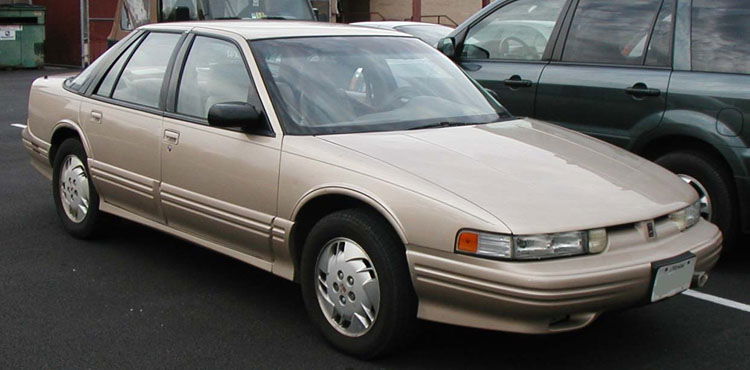
Born in the 1960s, the Cutlass was the foundation for numerous sub-models, including one of the greatest muscle cars of all time, the W30 4-4-2. Through the 1970s the Cutlass remained rear-wheel drive and was among the best-selling cars of the decade. Then, in 1982, the front-wheel drive Cutlass Ciera appeared, marking the beginning of the end.
The Cutlass Supreme would continue through the decade as a rear-wheel drive twin to the Buick Regal, but it shared the Regal’s front-wheel drive fate in 1988. GM even had the audacity to resurrect the 4-4-2 nameplate for the Cutlass Calais - a badge-engineered Pontiac Grand Am - running a 180bhp Quad 4 engine with a five-speed manual turning the front wheels. Entertaining, perhaps, but most definintely not a proper tribute to the 4-4-2. And the motoring public agreed by not buying them.
The Cutlass name had one last gasp in the late 1990s, appearing as another badge-engineered GM copy, this time of the pathetic front-wheel drive Chevrolet Malibu. Oldsmobile itself would die just a few years later, an empty shell of what it had once been.
3. Mercury Cougar
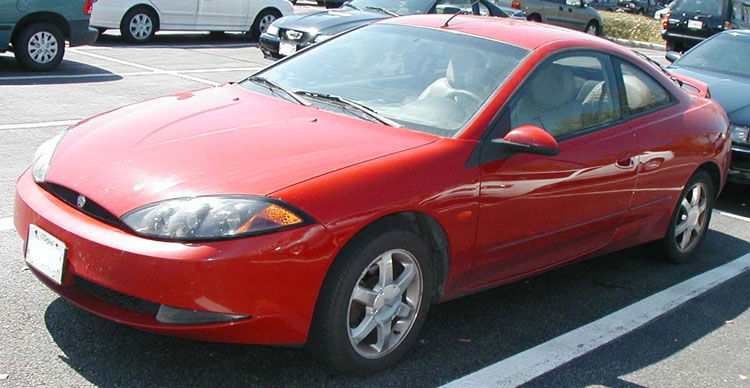
Here’s another great muscle car that sadly became a neutered front-wheel drive coupe before it was finally killed for good. Considered an upscale Mustang back in the late 1960s, the Cougar carved its own passionate following over the years. Through the 1980s it marched with the Ford Thunderbird, riding on the same Fox platform as the Mustang with V8, V6, and even a turbocharged four-cylinder option in the earlier top-of-the-line XR-7 models. And to Ford’s credit, they kept the Cougar rear-wheel drive in 1989 when everyone else was shifting power to the fronts, and they even made it fun with a supercharged, 210bhp V6 and five-speed manual in the XR-7.
Sales were soft, however, and both the Cougar and its Ford Thunderbird sibling were cut after 1997. The T-bird would return with rear-wheel drive in 2002, but sadly the Cougar’s second chance surfaced in 1999 as a front-wheel drive, two-door version of Ford’s dying Contour. Though billed as a high-performance sport coupe, its 170bhp V6 and front-wheel drive alienated the Cougar’s following without gaining any new friends. Only 18,000 examples were sold in its final year of 2002, and Mercury would die a few years later, marking another sad end to an American icon.
4. Toyota AE86 Corolla
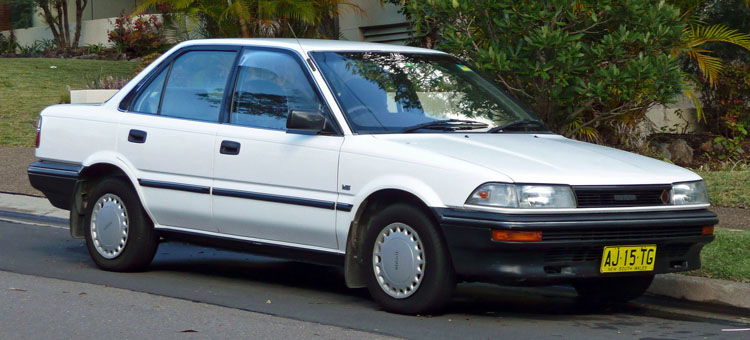
I doubt that much needs to be said about the legendary AE86 Corolla. In the U.S. it was available as either a DX, SR5 or GT-S, and while just about everything else in the compact category was turning the front wheels, the faithful Corolla was turning the rears. It wasn’t fast, but golly gee was it a fun little car to drive.
Throughout the 1980s Toyota was evolving the Corolla like crazy, with front-wheel drive variants in the U.S. actually being sold as Chevy Novas (yet another muscle car nameplate reduced to front-wheel drive weenie status). Unfortunately for motoring enthusiasts, Toyota saw fit to evolve the rear-wheel drive Corolla into the same mould as pretty much every other compact car of the day. This, along with the Celica’s shift from rear-wheel to front-wheel drive, was the beginning of Toyota’s transition away from exciting cars. Only the Supra remained, and when it left the party, well, so did Toyota.
5. Chevrolet Impala SS
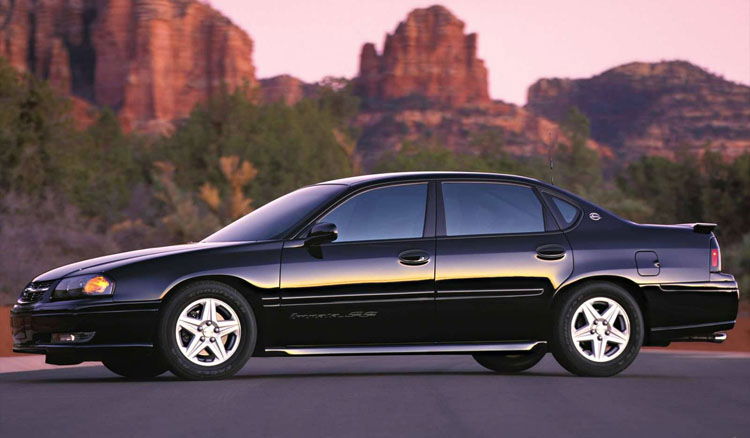
The Impala SS has a very long, storied muscle car history going back to the late 1950s, and then again with the Caprice-based 1994-1996 models. There have been quieter Impala sub-models along the way, but the SS was always the badass muscle machine. So when GM completely abandoned rear-wheel drive cars after 1996, it was thought the Impala SS was abandoned as well. It wasn’t.
Impala became Chevrolet’s flagship sedan in all its front-wheel drive, V6 glory. That was fair enough, because GM’s W-body platform (on which the Impala was based) was already in wide use, but then they bolted up the supercharged 240bhp V6 in 2004 and brought the SS badge back into the mix. The front-wheel drive SS continued with the hopelessly bland 2006 redesign, though it at least offered V8 power. It finally died in 2008 because, big surprise, people didn’t buy them. Shame on you Chevrolet for turning a legend into a front-wheel drive family sedan.
6. Volvo 240
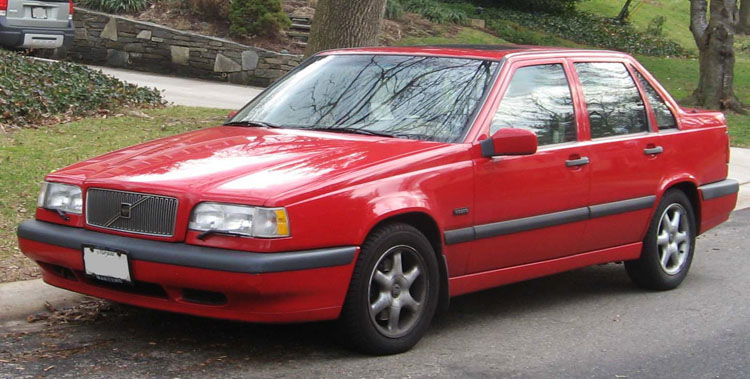
Why is this old Swedish car so freaking endearing? Aside from being indestructible, it’s not necessarily the most attractive machine on the roadways, and even in turbocharged form it has all the spine-tingling performance of a self-propelled lawn mower. And yet, every year when I attend the opening event of the Rally America Championship in Michigan, there isn’t a Volvo 740, or an 850, or an S60 waiting to tear up the stages. It’s the same white 240, backed by a fan following that makes the Subaru teams jealous.
So why did Volvo switch to front-wheel drive for the 240’s successor, the 850? Lightning had already struck - the 240’s chemistry and character had evolved to create a car people loved for no apparent reason, and the only thing really missing was an infusion of power. Yes, the 850 has an enthusiast following, and it’s a cool car on its own. But imagine a rear-wheel drive 850 T-5R - that would’ve been a bona-fide epic sport sedan to properly compete with BMW. Instead, we’re left with good car that many people like, but few really love.
7. Dodge Charger
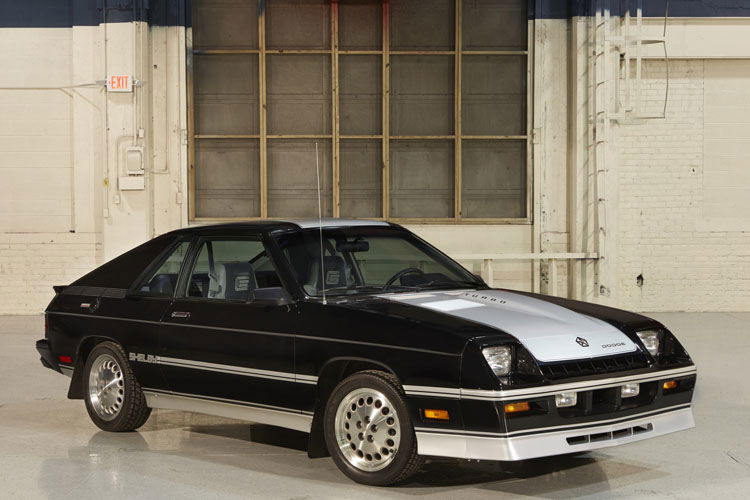
The last car on this list is one that actually has a happy ending. The whole world knows about the Dodge Charger, either through Bo and Luke Duke’s exploits on The Dukes of Hazzard, or as the current reigning global muscle sedan, the 707bhp Dodge Charger Hellcat. But it almost didn’t happen, because back in 1982 this iconic muscle car became a front-wheel drive, four-cylinder joke. Yes, the turbocharged Shelby Chargers were pretty cool, and they offered decent performance for the time, but they positively were not worthy of carrying the name Charger. Not by a long shot.
I must give credit to Chrysler for steering Dodge back to rear-wheel drive at a time when pretty much every other American car was turning just the front wheels. They identified a missing market, saw opportunity, and in the process they revived a legendary automotive nameplate the right way: a V8 up front, turning the wheels at the back. Are you listening Ford and GM?
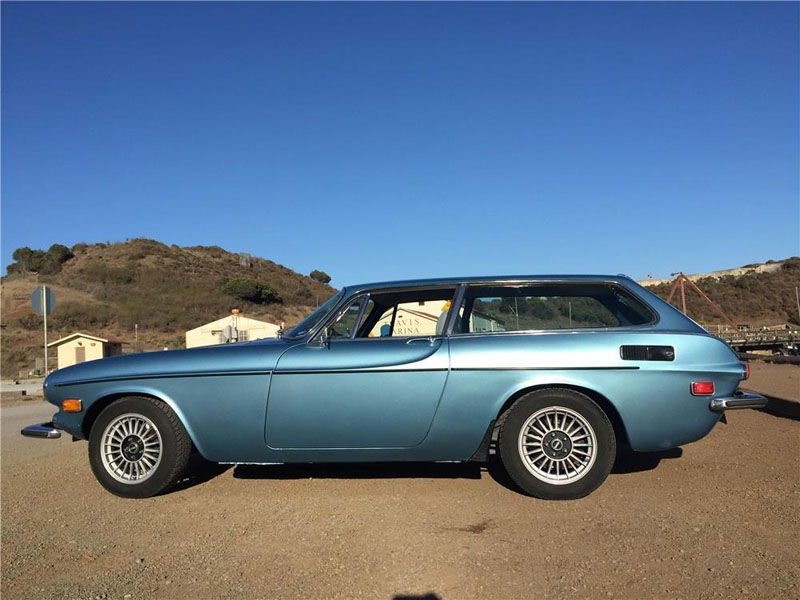
Comments